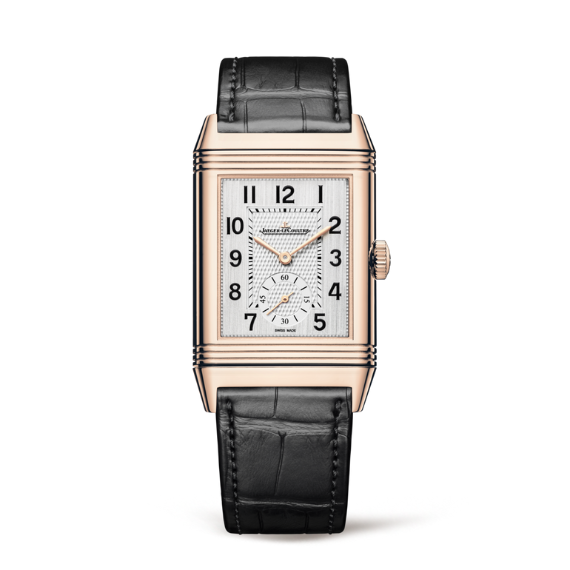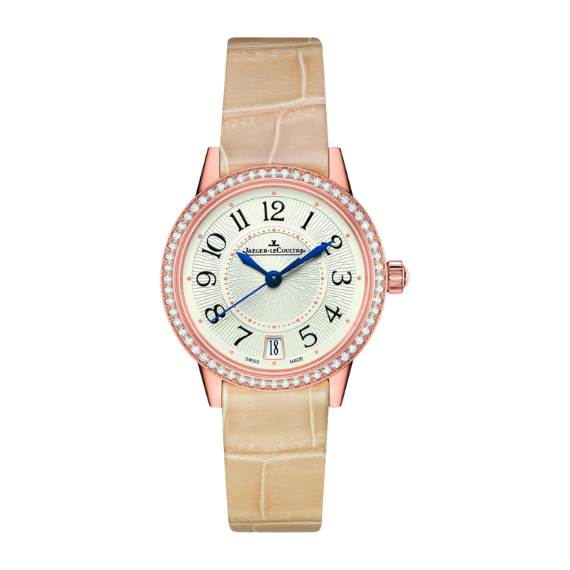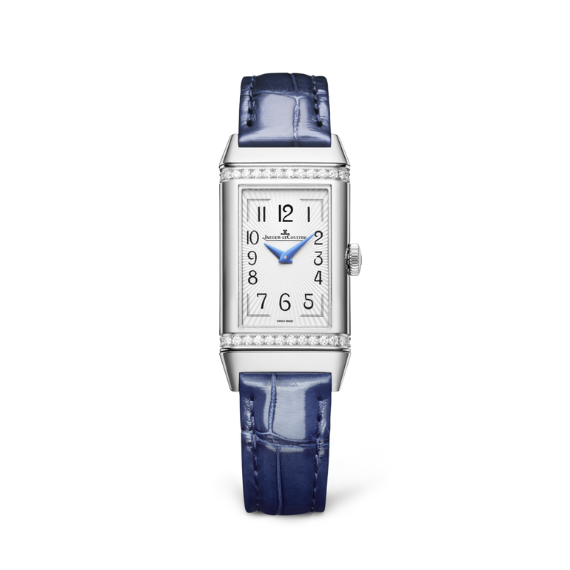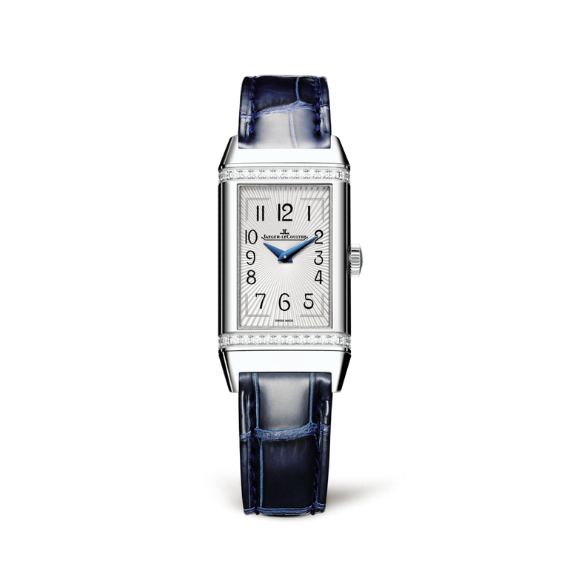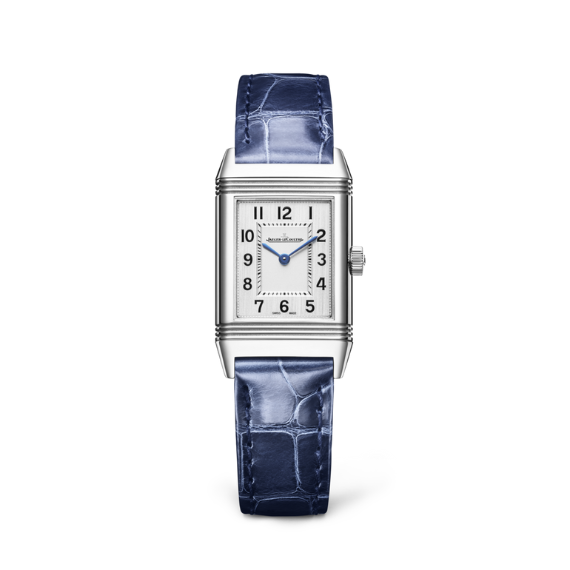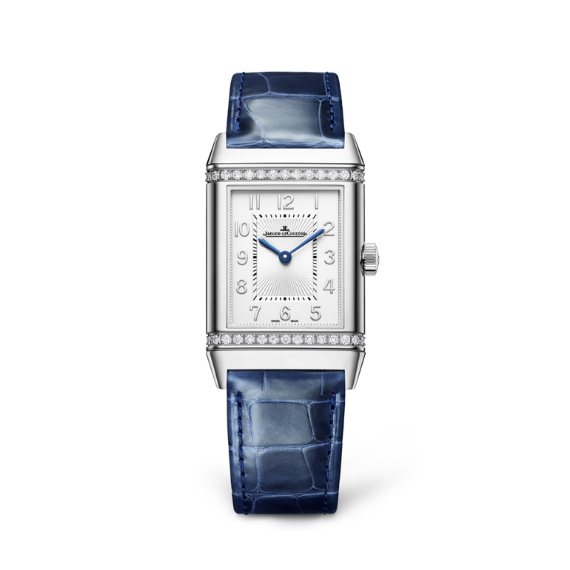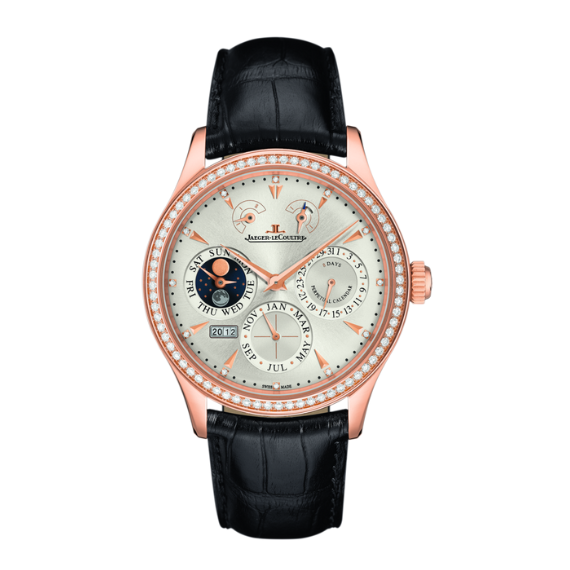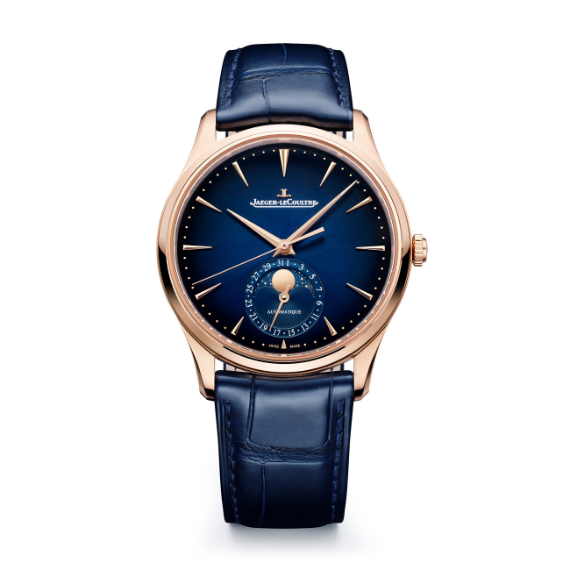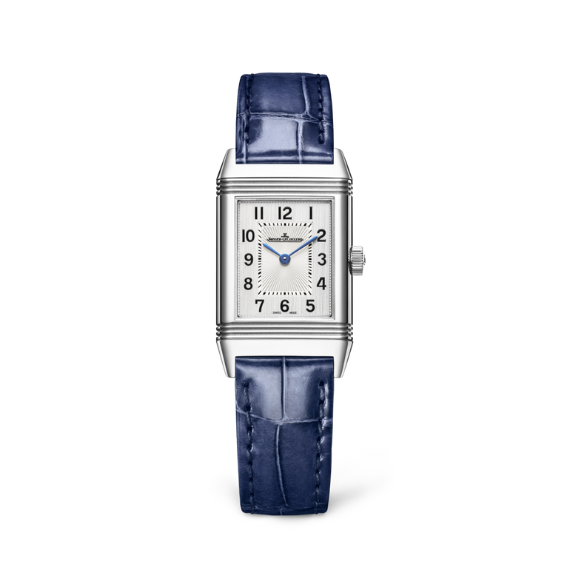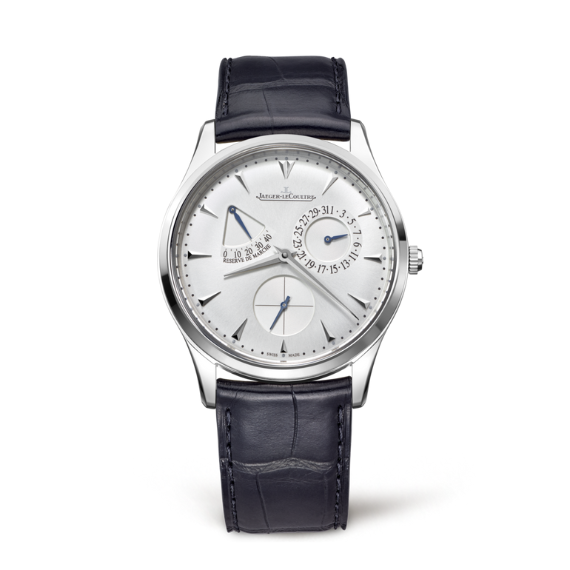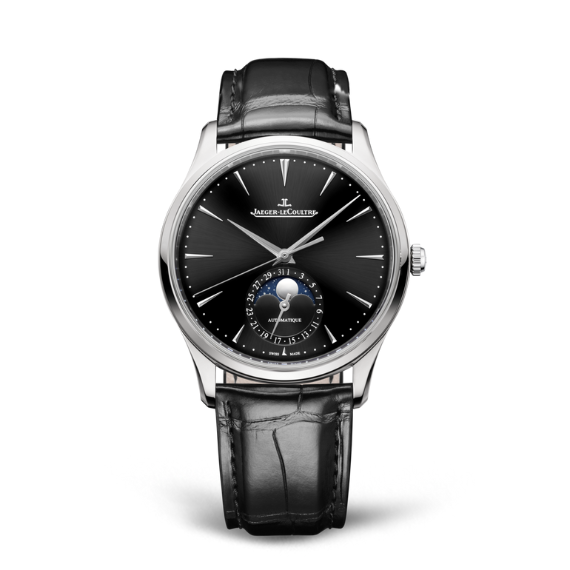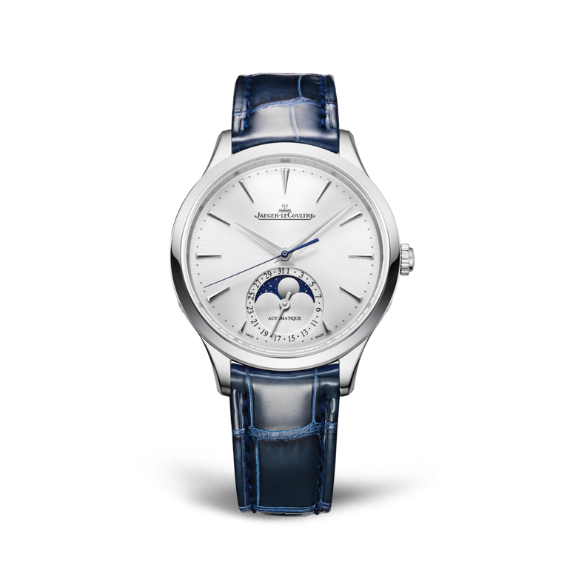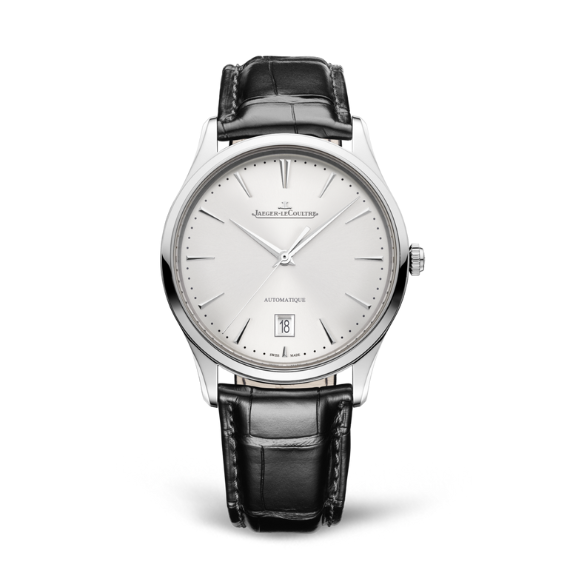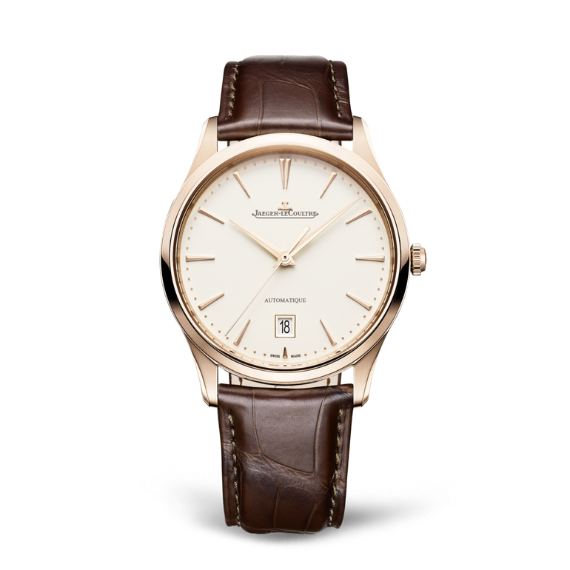JAEGER-LECOULTRE
- HISTORY OF THE MANUFACTURING
1500 – 1883 Joux Valley. Foundation of the first Jaeger-LeCoultre workshop
In the 16th century, the Huguenots chose this area of the Swiss Jura to escape persecution in France. Among them was Pierre LeCoultre, the predecessor of Antoine LeCoultre, who settled in the region in 1559. Farmers in the valley had no choice but to engage in various trades just to survive. In the iron mines of the area they learned to work metal. Cloistered in their workshops during the long winter months, they also learned the trade of watchmaking, which gave rise to the best fine watchmaking creations.
During the 17th century, watchmaking spread throughout the Swiss canton of Jura. The Joux Valley ended up specializing in the field of grand complications, the noblest watchmaking art along with that of chronometry. For over a century, almost every ultra-complicated movement was developed and produced in this remote location. The Joux Valley continues to be the world’s nerve center of fine watchmaking.
It was in the year 1833, when Antoine LeCoultre transformed his family’s small barn into a watchmaking workshop and began to create highly precise watches, this was the first Jaeger-LeCoultre workshop. Antoine was an inventor who found a balance between intellect and imagination, and gave himself up to the challenge of measuring time. Obsessed with precision, he created the tools necessary to develop the smallest parts to produce the most precise gauges.
1884 – 1902 First measuring instruments. Manufacturing Consolidation
A key date in the life of Antoine LeCoultre and of the Manufacture was undoubtedly the year 1844. In this year, Antoine created the millionometer, the first instrument capable of measuring in microns to improve the production of watch parts.
During the first Universal Exhibition in London in 1851, Antoine LeCoultre receives a gold medal for his gauges and his inventions with pinions and wheels.
In 1888, under the direction of Elie LeCoultre, son of Antoine LeCoultre, the Manufacture became the most important company in the region, as confirmed by the official statistics of the canton of Vaud. This cemented the name of the Joux Valley Manufacture as “la Grande Maison”.
When it was founded, Jaeger-LeCoultre officially became the first Manufacture in the Joux Valley, bringing together all areas of the watchmaking craft under one roof. This approach was a revolution for the sector.
1903- 1936 Start of a collaboration
Edmond Jaeger (1858 – 1922) was a renowned French watchmaker based in Paris who supplied chronometers to the French navy. A genius inventor and style personality, he challenged Swiss manufacturers to create an ultra-thin movement of his own design.
In the year 1903, Jacques-David LeCoultre, grandson of Antoine LeCoultre, decides to take up the challenge that the Parisian watchmaker Jaeger poses to Swiss watchmakers and begins to develop ultra-thin watches. In this way, a long-term relationship is established between the two companies.
During the coming years, numerous instruments of great prestige worldwide were developed, such as the ATMOS Pendulum, the Caliber 101 or the Reverso watch.
The ATMOS pendulum was invented by Jean-León Reutter and developed by LeCoultre & Cie Manufacture, it is a classic design but at the same time avant-garde. A variation in ambient temperature of just one degree is enough to drive the mechanism for two days.
Meanwhile, watchmakers build the Duoplan movement in miniature to create caliber 101, the smallest manually wound caliber ever. The 98 components that make it up barely weigh 1 gram.
In 1931 the emblematic Reverso collection was born from the challenge of designing a watch model that would withstand the intensity of the polo matches that British officials played in India.
1937 – A new company
After several years of fruitful relationship, in 1937, the two companies decided to merge to create a single company, which received the name of Jaeger-LeCoultre.
Years later, the Memovox watch is released. The first alarm clock with its characteristic sound of a school bell, since its introduction it has been the benchmark for alarm clocks.
In 1968 the Polaris watch was born. An emblematic model of the Maison, this diver’s watch with alarm is equipped with a patented triple caseback system that optimizes sound diffusion underwater.
- PATENTS, CALIBER AND COMPLICATIONS
The manufacture has patented more than 430 inventions and 1,300 calibres. Devoted to creating the finest interpretations of time, the Manufacture masters the most complex complications, including the minute repeater, multi-axis Tourbillon and celestial complications.
Jaeger-LeCoultre boasts a proud tradition of mechanical watchmaking, expressed through creations that highlight the wonders of three main complications. First of all, the striking, through the creation of a minute repeater that has earned the house the nickname “The Sound Maker”. Second, precision, with a long history of inventions that led to the creation of the Gyrotourbillon. And finally, the most sophisticated celestial phenomena that indicate data that has never been available on a watch.
Jaeger-LeCoultre and the striking
Watchmakers consider the minute repeater the most difficult complication to master of all, as it offers much more than a watch: a miniature musical instrument. The minute repeater is a mechanical watch complication that chimes at the exact time of day that is chosen. The clock is struck by small hammers that strike a series of chimes and make different sounds for the hours and minutes.
Manufacture of the first minute repeater by Jaeger-LeCoultre dates back to 1870. Since then, the manufacture has manufactured and patented more than 200 calibres for striking watches. La Grande Maison masters all variants, from simple alarms to the most complex of all such as: the Grand Sonnerie and Westminster jingles.
For more than 150 years, striking watches have been one of Jaeger-LeCoultre’s strengths. Since the late 1800s, the Manufacture has strived to redefine the benchmark of acoustic quality. For this reason, it has put technology at the service of the most precious traditions of watchmaking.
At the beginning of the 20th century, the Manufacture had already developed more than 350 calibres with different complications. In 1905, Jaeger-LeCoultre developed the first Pocket Watch with a Minute Repeater. This emblematic clock had a low tone to indicate the hours, another high tone to indicate the minutes, and a third hammer and a bell that allows it to create a unique melody.
The Manufacture was a pioneer in mastering calibres with three complications. Thus, in 1928, the first Lépine Grande Complication Pocket Watch was created, an extraordinary piece in many ways. This watch combines an extremely complex caliber with the architecture of the Lépine movement to reduce thickness. Furthermore, it combines the minute repeater with a perpetual calendar and a chronograph.
In 1994 the House’s most illustrious minute repeater was born: the Reverso Minute Repeater. A watch that combines the square case of the emblematic Reverso with the delicate art of chiming. A caliber with a rectangular striking was required, which was quite a challenge. In addition, a window on the dial displays the regulator, which controls the time of the chime.
The dawn of the new century brought with it numerous striking innovations for Jaeger-LeCoultre. In 2005, given the excellent acoustic transmission properties of synthetic sapphire crystal, Jaeger-LeCoultre’s patented Crystal Bells are soldered directly to the crystal of the watch face. In 2009, articulated “Trebuchet” style hammers were developed to improve hammering speed and force.
Later, the Manufacture created the Hybris Mecánica À Grande Sonnerie watch, an incredibly extraordinary feat in terms of watchmaking acoustics. It is a clock of 1,300 pieces, where most of them are dedicated to acoustic functions: large and small chimes, and a repeater with the Westminster jingle with a long melody.
In 2004, Jaeger-LeCoultre introduced for the first time in the eleventh edition of the Hybris Mechanica collection, the function of reducing the gaps in silence. This complication ensures that even when the quarter hours are not marked, there is no corresponding delay for those missing quarters before the minutes are marked.
The last sonic complication that the Manufactua introduced was in 2019. It created a revolutionary system of chimes reminiscent of the beautiful chimes on pocket watches from the Maison’s early years, and which it has perfected thanks to modern technology. Basically, the chimes of the new watch have been arranged on both sides of the dial in such a way that they offer the richest and most intense sound possible.
Jaeger-LeCoultre and precision
A hallmark of the Manufacture since its inception has always been, without a doubt, the development of extremely precise calibres. To do this, the Maison has managed to establish a perfect balance between precision techniques and the craftsmanship necessary to carry them out.
Earth’s gravity can affect the accuracy of a watch. Since the late 18th century, the tourbillon mechanism has allowed watchmakers to eliminate these effects and thus create more precise timepieces. Jaeger-LeCoultre introduced its first Tourbillon Pocket Watch in 1946, a watch incorporating the caliber 170. This tourbillon movement was produced in a series of 26 pieces and was one of the most precise of its time. From this moment on, the toubillon would reach a new milestone in 1993, when it would be incorporated into wristwatches for the first time.
Subsequently, the Manufacture created the Chronomètre Geophysic watch in 1958 and the caliber 920 in 1967 and introduced the 1,000-hour test in 1992 as a result of the Master Control line.
In 2004, having fully mastered the tourbillon complication, Jaeger-LeCoultre watchmakers developed the fascinating Gyrotourbillon, the first multi-axis tourbillon. This complication radically improves the chronometric performance of the watches in which it is incorporated. The invention of the Gyrotourbillon revolutionized working methodologies at Jaeger-LeCoultre, setting unprecedented levels of precision and demonstrating the excellence of the Grande Maison.
At the 2009 International Chronometry Competition, Jaeger-LeCoultre was awarded the two first prizes: the first for the Master Tourbillon Watch with caliber 978 and the second for the Hybris Mechanica Watch with caliber 174 (Gyrotourbillon 2).
Currently, two technical advances have been implemented in Jaeger-LeCoultre tourbillon watches. The first is the Sphérotourbillon, this multi-axis mechanism takes the Earth’s own axis as its source of inspiration. The second breakthrough is the orbital flying tourbillon, or Cosmotourbillon, which is released from its fixed position to indicate time while marking the circumference of the dial.
Jaeger-LeCoultre and celestial phenomena
The Grande Maison developed a great fascination for astronomy by measuring time through the stars and planets. Master watchmakers were entranced by the captivating beauty of the night sky falling over the Manufacture in the Swiss Valley je Joux.
A celestial complication is an advanced watch function that collects information about celestial bodies, such as; the phases of the Moon or sidereal time. The watchmakers of the Manufacture have mastered the measurement of solar, lunar and sidereal time.
The Maison’s master watchmakers were able to translate celestial phenomena into the narrow confines of a wristwatch. So much so, that the Manufacture has been able to develop from simple calendars and lunar phases, to complex perpetual calendars, the equation of time, celestial cuts and the draconic and anomalistic cycles of the Moon.
Although the structure of certain classic celestial complications has remained unchanged throughout the almost 190-year history of the Manufacture. Jaeger-LeCoultre has constantly worked to improve both the precision and the mechanical efficiency of these movements. Also, face the challenge of combining them with other complications and developing completely new ones.
SEE MORE ABOUT JAEGER-LECOULTRE WATCHES AT PONS1845
Our selection
OUR SHOPS IN ANDORRA
Av. Meritxell, 124 AD500 Andorra
geneve@pons1845.com
Telf. 00376-800500
Fax. 00376-800505
- Mon.10.30 a.m. - 7.00 p.m.
- Tues.10.30 a.m. - 7.00 p.m.
- Wed.10.30 a.m. - 7.00 p.m.
- Thurs.10.30 a.m. - 7.00 p.m.
- Fri.10.30 a.m. - 7.00 p.m.
- Sat.10.30 a.m. - 8.00 p.m.
- Sun.Closed
Av. Meritxell, 51-55 AD500 Andorra
berna@pons1845.com
Telf. 00376-803180
Fax. 00376-803185
- Mon.10.00 a.m. to 1.30 p.m. / 4.00 p.m. to 7.00 p.m.
- Tues.10.00 a.m. to 1.30 p.m. / 4.00 p.m. to 7.00 p.m.
- Wed.10.00 a.m. to 1.30 p.m. / 4.00 p.m. to 7.00 p.m.
- Thurs.10.00 a.m. to 1.30 p.m. / 4.00 p.m. to 7.00 p.m.
- Fri.10.00 a.m. to 1.30 p.m. / 4.00 p.m. to 7.00 p.m.
- Sat.10.00 a.m. to 8.30 p.m.
- Sun.Closed
Av. Carlemany, 117 AD700 Les Escaldes
info@pons1845.com
Telf. 00376-803080
Fax. 00376-803084
- Mon.10.00 a.m. to 2.00 p.m. / 4.00 p.m. to 8.00 p.m.
- Tues.10.00 a.m. to 2.00 p.m. / 4.00 p.m. to 8.00 p.m.
- Wed.10.00 a.m. to 2.00 p.m. / 4.00 p.m. to 8.00 p.m.
- Thurs.10.00 a.m. to 2.00 p.m. / 4.00 p.m. to 8.00 p.m.
- Fri.10.00 a.m. to 2.00 p.m. / 4.00 p.m. to 8.00 p.m.
- Sat.10.00 a.m. to 8.00 p.m.
- Sun.Closed

